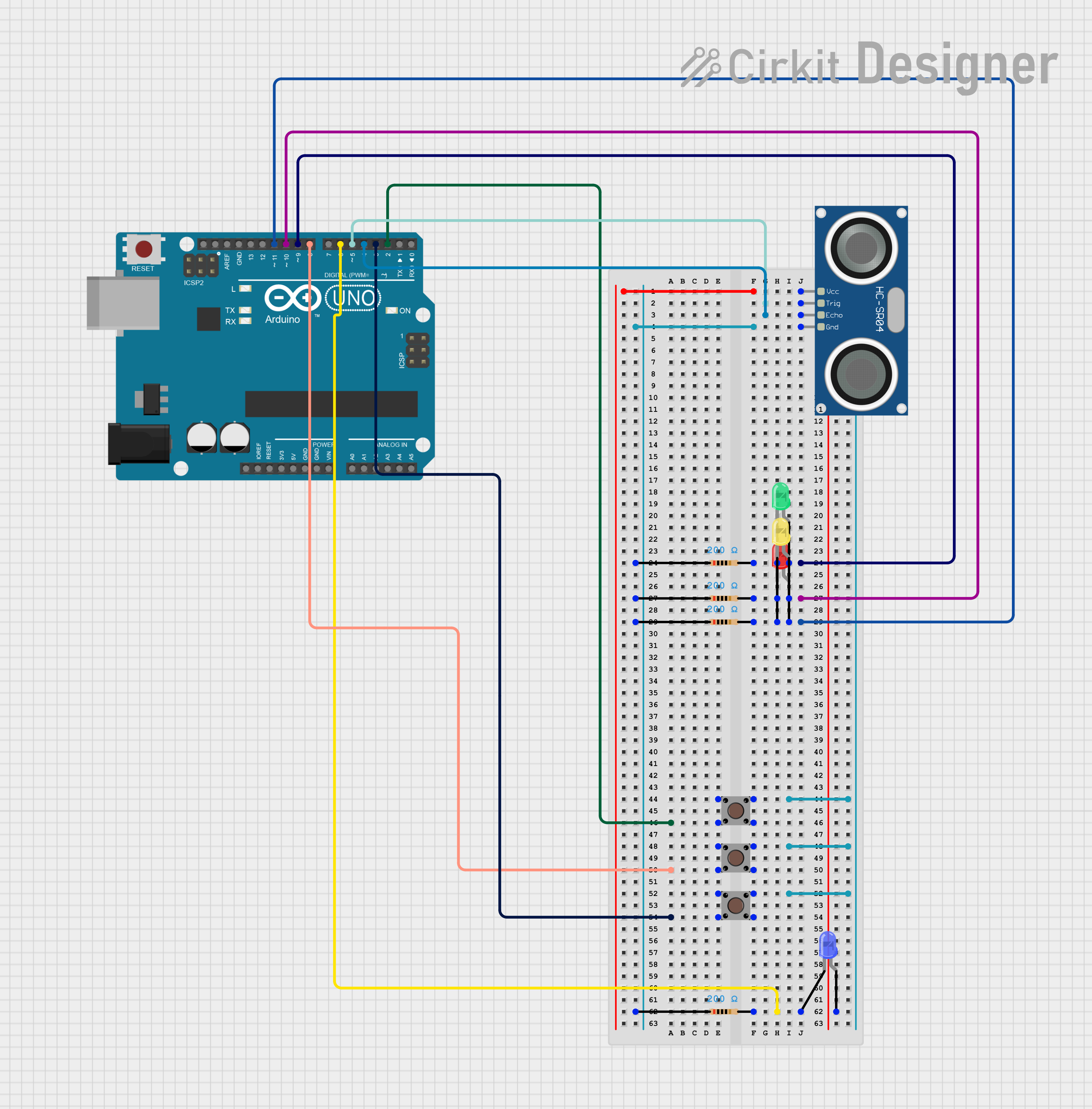Arduino Uno Traffic Light Emulator
Problem / Motivation
This project was built as part of my embedded systems coursework to apply real-time programming concepts for controlling physical systems. I implemented a full traffic light control system entirely in AVR C on the Atmega328P microcontroller, focusing on timing synchronization, interrupt-driven pedestrian crossing, and safe state transitions.
The project reinforced my understanding of timers, external interrupts, USART debugging, and modular embedded firmware design — all critical skills for real-time embedded control applications.
System Architecture
- Main Traffic Controller: Timer/Counter modules control the timing of light states for vehicles and pedestrians.
- Pedestrian Crossing: External interrupts trigger pedestrian crossing requests with safe state handling.
- Audible Feedback: Buzzer signals when pedestrians may cross.
- USART Debugging: Serial output used to monitor system state and timing during development.
- Real-Time Design: Fully interrupt-driven architecture ensures reliable timing and responsiveness.
Key Technical Challenges
- Properly synchronizing multiple timers to control independent light cycles.
- Designing safe pedestrian crossing logic to avoid race conditions between external interrupts and main control loop.
- Writing modular ISR (Interrupt Service Routine) handlers for clean, maintainable code.
- Managing state machines to handle system transitions predictably.
- Debugging real-time behavior via USART output during live system operation.
Future Work & Expansion
- Expand system to simulate multi-intersection coordination.
- Implement fail-safe watchdog timer functionality.
- Add configuration options via serial interface or onboard input switches.
- Integrate ultrasonic or infrared sensors for real-time traffic flow management.
Technologies Used
AVR C, Atmega328P, External Interrupts, Timer/Counter Modules, USART Debugging, Buzzer Control, Real-Time Embedded Systems
